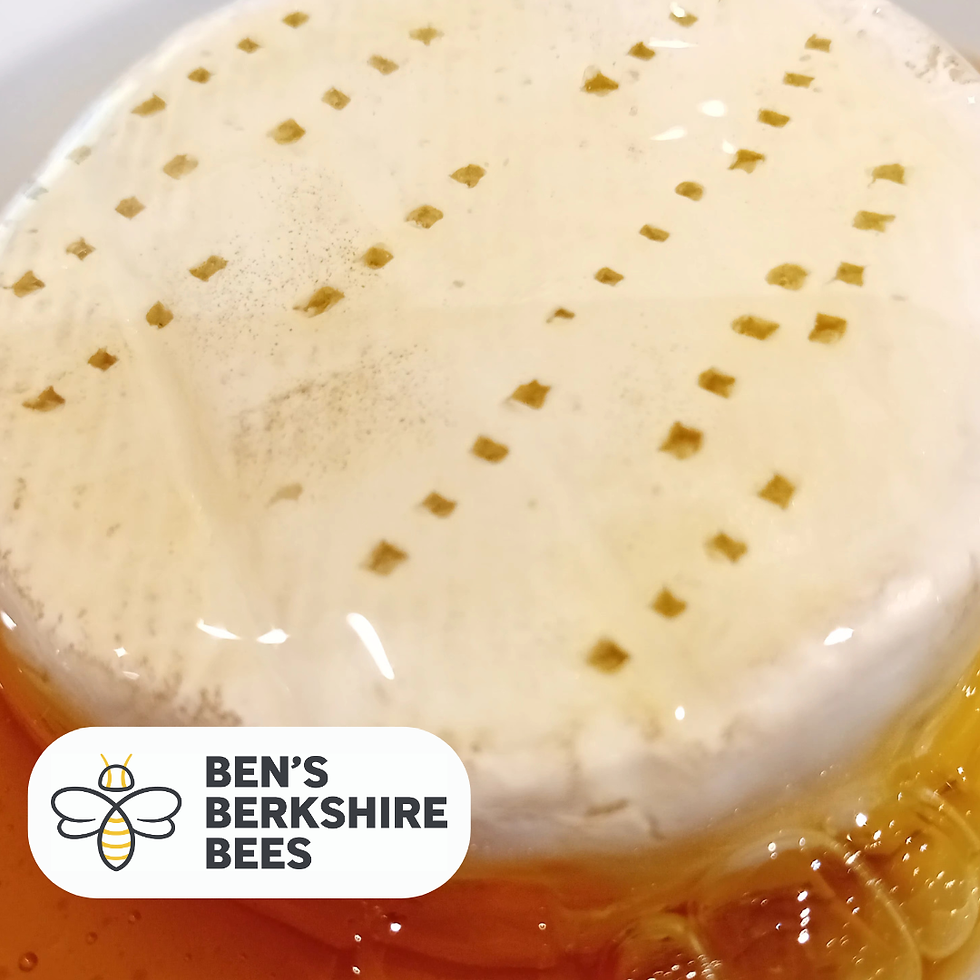First Inspections of 2021
- Ben the Beekeeper

- Apr 3, 2021
- 2 min read

Last week the temperatures hit 15 degrees so it was finally warm enough to open up the hives and have our first look inside to see how the bees are doing after the long winter. It is so hard to be patient enough to wait to see what has been going on - but lifting the crown board too early does more harm than good.

We went into the winter with 11 hives and we are pleased to report that all of them have survived and are starting to build up again for the year. We are expending this year and will be making some splits as soon as it is possible to do so.
The amount of forage is increasing - there seems to be Blackthorn flowers everywhere!
A honey bee colony reduces in number for the winter to around 10,000 to 20,000 bees. Over the coming months the numbers will increase to peak of 50,000 ready for the summer nectar flows. This means the Queen bee will be very busy laying up to 2,000 eggs a day - this is more than her own body weight - every single day. The life of a Queen is not an easy one.
There is a real mix in how the colonies are doing - some are bursting with bees and already in need of space to expand, others have a few frames of young bees (We will keep a close eye on the weaker colonies). From now on we will be checking the bees regularly to make sure they have enough space to expand and are developing healthily.
Towards the end of April swarm season will begin as the bees try and split to form new colonies and find new homes. We will be actively managing the colonies to try and prevent this from happening. If you do come across a swarm either contact us or the your local beekeeping branch and people will be pleased to collect them. Bees are normally at their most docile when they are swarming, they just want to get to a new home.


In the garden at the moment we have continued to see lots of Queen Bumblebees flying around, some now gathering pollen in their pollen baskets - a sign they are raising young bees.

We have also started to see solitary bees emerge mainly the mining bee species. These bees live a long and dig themselves a hole in which they raise young.







Comments